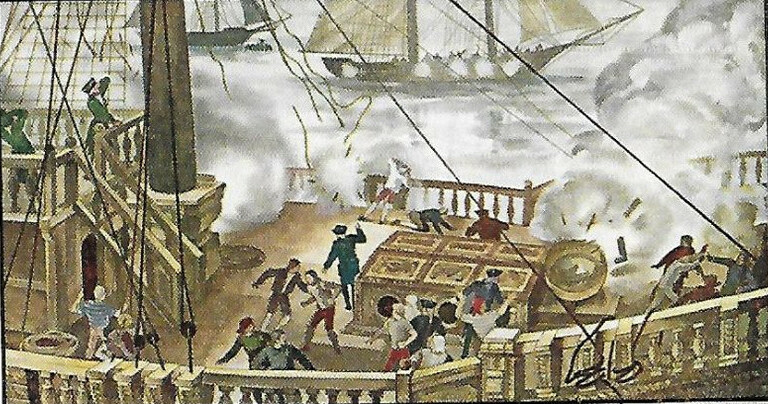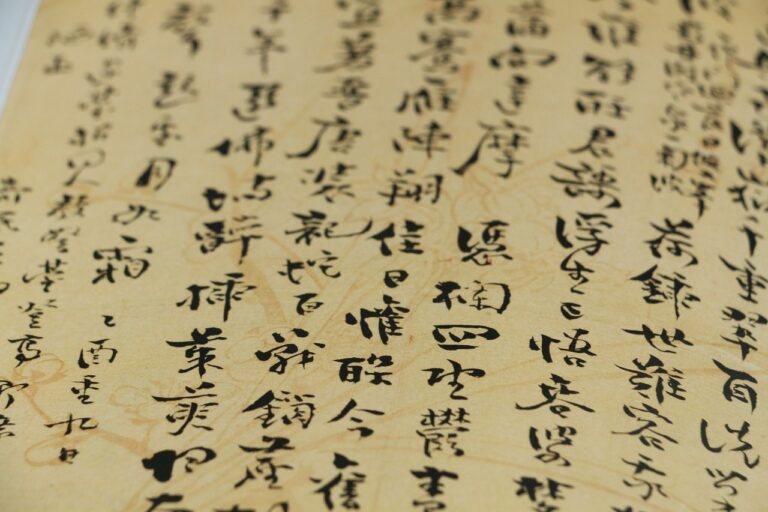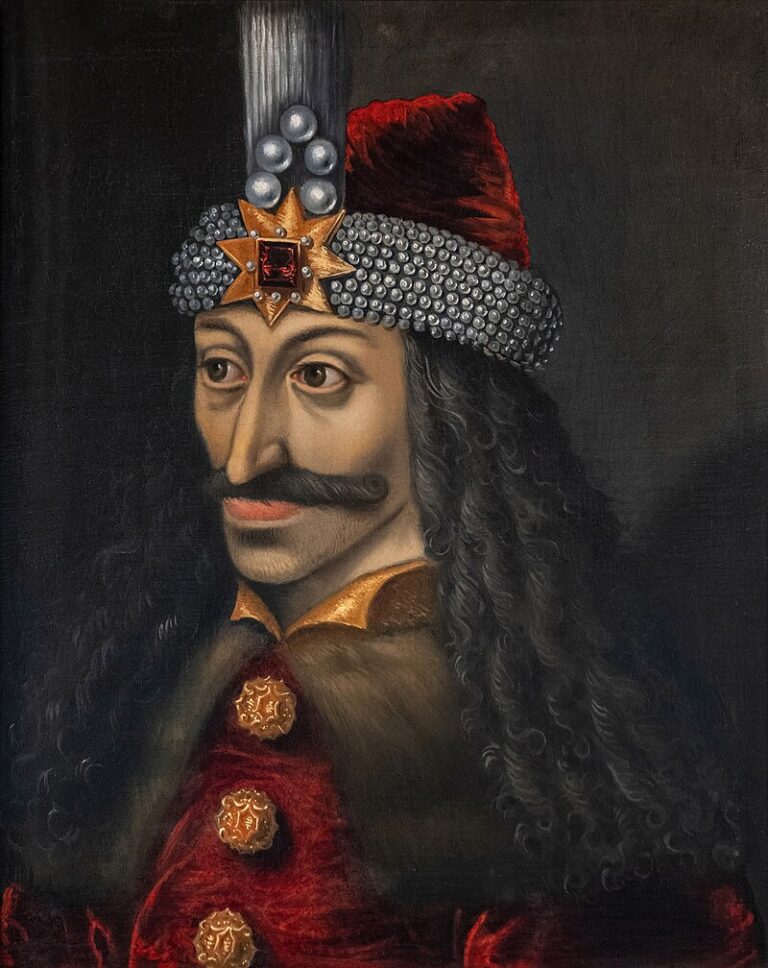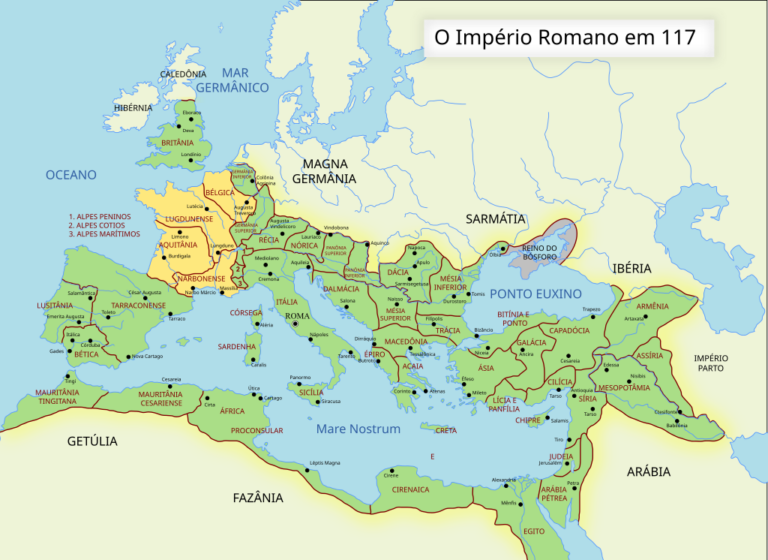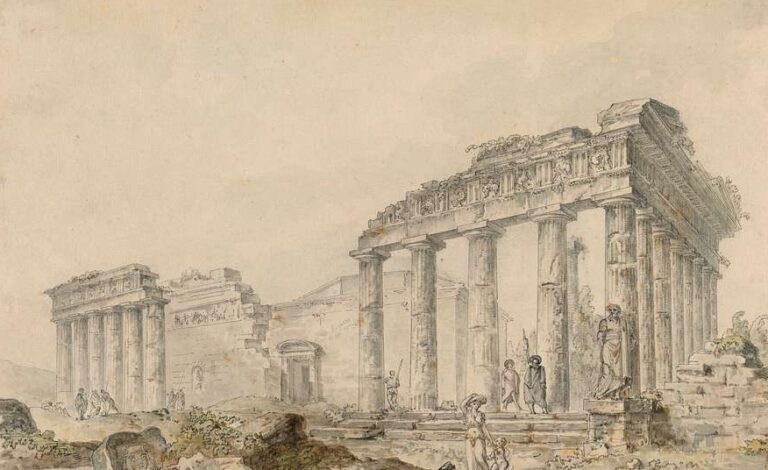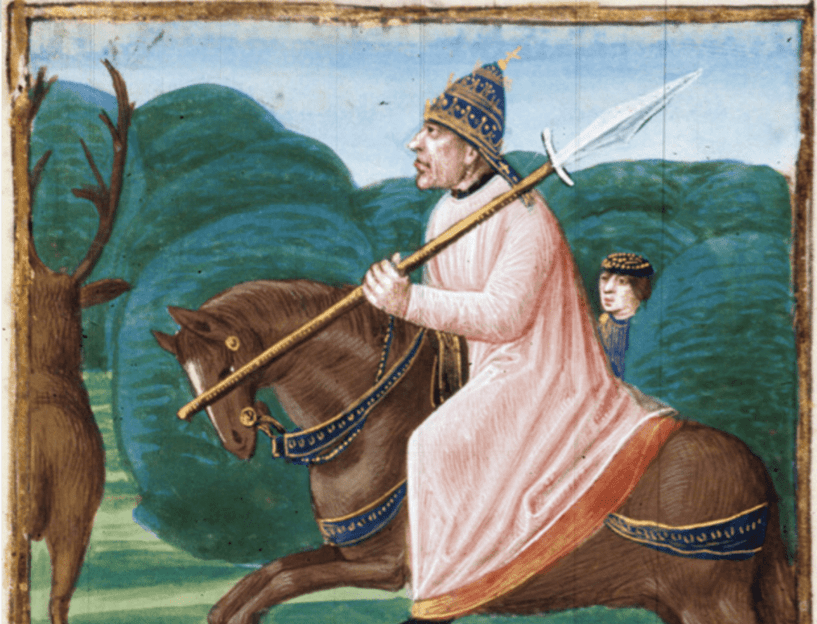
The papacy is one of the most powerful religious institutions in history, but not all popes have lived up to their holy calling. While many popes have been revered for their faith and leadership, others have been involved in corruption, scandals, and even violent conflicts. This article explores some of the worst things popes have done throughout history.
1. Pope Stephen VI (896–897) – The Cadaver Synod
One of the most bizarre events in papal history was the Cadaver Synod. Pope Stephen VI, seeking revenge against his predecessor Pope Formosus, ordered his corpse to be exhumed, dressed in papal robes, and placed on trial. The rotting body was “convicted,” mutilated, and thrown into the Tiber River. This act of posthumous revenge shocked even the corrupt political circles of Rome.
2. Pope John XII (955–964) – The Scandalous Pope
Pope John XII is widely regarded as one of the most scandalous popes in history. His dual role as the secular prince of Rome and the spiritual head of the Church saw him embrace the former far more than the latter. Contemporary accounts paint him as a man of coarse and immoral behavior, whose rule turned the Lateran Palace into a brothel and brought moral corruption to Rome, leading to widespread disgrace. However, it is important to note that many of these accusations came from his political enemies, who sought to blacken his reputation to justify and obscure the real political motives behind his deposition.
A particularly damning account comes from Liudprand of Cremona, a staunch supporter of Holy Roman Emperor Otto I, who detailed the charges against John XII at the Synod of Rome in 963. According to the testimonies:
- Witnesses claimed he neglected his religious duties, failing to celebrate Matins at the proper hours or even make the sign of the cross.
- He was accused of adultery and fornication with multiple women, including the widow of Rainier, his father’s concubine Stephana, the widow Anna, and even his own niece.
- He was said to have turned the Lateran Palace into a “whorehouse.”
- He allegedly blinded his confessor, Benedict, who later died from his injuries.
- He was accused of castrating and murdering a cardinal subdeacon named John.
- He was said to have engaged in arson, openly carried a sword, and donned a helmet and armor—acts more befitting a warlord than a pope.
- He was even accused of toasting to the devil with wine and invoking pagan gods like Jupiter and Venus while playing dice.
Ultimately, John XII was deposed by Emperor Otto I, though he briefly regained the papacy before dying under mysterious circumstances—some say at the hands of an enraged husband.
3. Pope Benedict IX (1032–1048) – The Pope Who Sold the Papacy
Pope Benedict IX is often regarded as one of the most disgraceful and corrupt popes in history. His reign was marred by scandal, violence, and factional strife, earning him condemnation from both contemporary and later historians. The 19th-century historian Ferdinand Gregorovius described him as “a demon from hell, in the disguise of a priest, occupying the chair of Peter.” Similarly, Horace K. Mann called him “a disgrace to the Chair of Peter.”
Benedict IX was accused of numerous heinous acts, including rape, murder, sodomy, and bestiality. Pope Victor III wrote that his life was so “vile, foul, and execrable” that it was horrifying even to recall. The notorious Peter Damian, in his Liber Gomorrhianus, accused him of routine sodomy and bestiality and claimed he sponsored orgies in the papal palace. Bishop Benno of Piacenza likewise accused him of committing “many vile adulteries and murders.”
Benedict IX’s reign was plagued by opposition and political instability:
- 1036: He was briefly forced out of Rome, only to return with the support of Emperor Conrad II.
- 1044: Growing resentment over his debauched lifestyle led to his expulsion from the city. The opposition elected Sylvester III as pope in his place.
- 1045: Benedict IX returned, but resigned in 1045 and sold the papal office to his godfather, only to later reclaim and lose it again.
- 1047: After the death of Clement II, Benedict IX seized the Lateran Palace and reclaimed the papacy, but was soon driven out again by German troops in July 1048.
- 1049: He was summoned to appear on charges of simony but refused and was ultimately excommunicated.
- Benedict IX’s ultimate fate remains uncertain, but he appears to have abandoned his claim to the papacy. Some sources suggest that Pope Leo IX may have lifted his excommunication.
4. Pope Urban II (1088–1099) – The Crusade Preacher
Pope Urban II is best known for launching the First Crusade in 1095, a decision that reshaped medieval Europe and the Middle East. While often framed as a religious war, the Crusades were also driven by political ambitions and territorial expansion. Urban II’s call to arms led to massive bloodshed, the devastation of entire cities, and a lasting legacy of religious conflict.
The First Crusade quickly descended into chaos and bloodshed:
- Massacres of Jews in Europe: Crusaders slaughtered entire Jewish communities in the Rhineland, marking one of the earliest large-scale anti-Semitic pogroms.
- Siege of Antioch (1098): Starving Crusaders reportedly resorted to cannibalism, consuming the bodies of their Muslim enemies.
- Fall of Jerusalem (1099): When the Crusaders captured Jerusalem, they massacred thousands of Muslims and Jews, slaughtering men, women, and children without mercy. The city’s streets were said to have run red with blood.
- Urban II’s call for a holy war fostered an atmosphere of religious fanaticism, encouraging hatred and violence against Muslims, Jews, and even Eastern Orthodox Christians. This intolerance deepened divisions between religious groups and contributed to centuries of conflict.
5. Pope Clement V (1305–1314) – The Betrayal of the Knights Templar
Pope Clement V is often remembered for one of the most betrayal-laden episodes in the history of the papacy: his disbanding of the Knights Templar. His papacy, from 1305 to 1314, marked a time of deep political intrigue and manipulation, driven largely by external pressures from King Philip IV of France.
The Knights Templar were a formidable force in medieval Christendom, known for their role in the Crusades and their wealth, power, and influence. Initially established in the early 12th century, the Templars gained significant political and military power over the years, becoming one of the most powerful military orders in Europe. They were responsible for safeguarding Christian pilgrims traveling to the Holy Land and were heavily involved in the Crusades. Their vast wealth came from donations, banking operations, and the estates they controlled across Europe.
King Philip IV of France, known for his greed and political maneuvering, was heavily in debt to the Templars and saw the order’s wealth as an opportunity to shore up his faltering finances. In 1307, he pressured Pope Clement V to take drastic action against the Knights Templar.
The arrested knights were subjected to brutal torture in order to extract confessions. Many Templars were forced to confess to false charges under duress. The inquisition against them led to the execution of many members, most notably the Grand Master Jacques de Molay, who was burned at the stake in 1314. The Templars’ vast wealth and land were confiscated by Philip IV, and the order itself was officially dissolved by Clement V in 1312 at the Council of Vienne.
6. Pope Alexander VI (1492–1503) – The Corrupt Borgia Pope
Pope Alexander VI, born Rodrigo Borgia, remains one of the most infamous popes in history. Before his election, he had been grossly immoral, fathering several children by multiple mistresses. However, by the time he became pope in 1492 at the age of 61, his notorious libido had cooled, though his dedication to family advancement had not.
As a Spaniard in an Italian-dominated Vatican, Alexander VI relied heavily on his relatives and Spanish allies, appointing them to influential positions. This blatant nepotism—his principal ecclesiastical crime—secured power for the Borgia family, but also deepened resentment among native Italians. He openly provided for his children and former lovers, often using Church resources to do so.
One of the most scandalous events linked to Alexander VI’s court was the infamous Banquet of Chestnuts in 1501. Hosted by his son, Cesare Borgia, in the Vatican, the event allegedly featured 50 courtesans performing for guests, followed by an orgy where chestnuts were scattered on the floor and the women crawled to collect them, naked. The night reportedly ended with guests being rewarded for their sexual prowess with prizes provided by the pope himself. Whether exaggerated or entirely true, the event cemented the Borgia name in history as the epitome of debauchery and corruption.
Despite his personal scandals, Alexander VI was an effective ruler. He never taught heresy, and his political skills helped shape world history. In 1494, he negotiated the Treaty of Tordesillas, which peacefully divided the New World between Spain and Portugal, preventing potential war. He also organized the Jubilee Year of 1500, reinforcing the spiritual and financial power of the Church.
7. Pope Julius II (1503–1513) – The Warrior Pope
Pope Julius II, nicknamed the “Warrior Pope,” is remembered more for his military conquests and political maneuvering than for his spiritual leadership. His papacy, from 1503 to 1513, was marked by a disturbing disregard for the spiritual mission of the Church in favor of military aggression, territorial expansion, and political power. His policies not only weakened the moral authority of the Church but also led to bloodshed, political instability, and religious disillusionment.
Rather than being a spiritual leader, Julius II acted more like a secular ruler determined to expand papal territories by any means necessary. He was notorious for prioritizing the militarization of the papacy over the well-being of the Church and the faithful.
The War of the League of Cambrai (1508-1516): Julius II’s decision to form an alliance with France, Spain, and the Holy Roman Empire was primarily aimed at weakening Venice and increasing his political dominance in Italy. The war led to destruction and suffering for countless innocent civilians, all in the name of papal power.
Julius used simony (the selling of Church offices) to fund his military endeavors. High-ranking positions in the Church became available only to those with wealth and political connections, further diminishing the spiritual integrity of the papacy.
8. Pope Pius XII (1939–1958) – Silence During the Holocaust
Pope Pius XII (1939–1958) remains one of the most controversial figures in modern papal history, primarily due to his actions—or lack thereof—during World War II. His papacy coincided with the rise of Fascism and Nazism in Europe, and his relationship with the fascist powers of the time, including Nazi Germany and Fascist Italy, has led to ongoing debates regarding his moral leadership during the Holocaust and World War II.
As millions of Jews were being rounded up and sent to concentration camps, the Vatican remained largely silent. Despite receiving reports from multiple sources about the Nazi atrocities, Pius XII did not make any strong public statements denouncing the Holocaust or the systematic persecution of Jews. Many believe his silence was a form of diplomatic neutrality, while others argue that he failed to act out of fear of provoking Nazi retaliation or undermining the Vatican’s delicate position in Europe.
…
Other articles, sources:
The Ecclesiological Significance of Bad Popes on JSTOR

